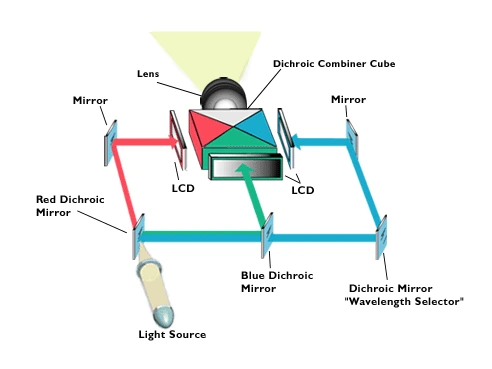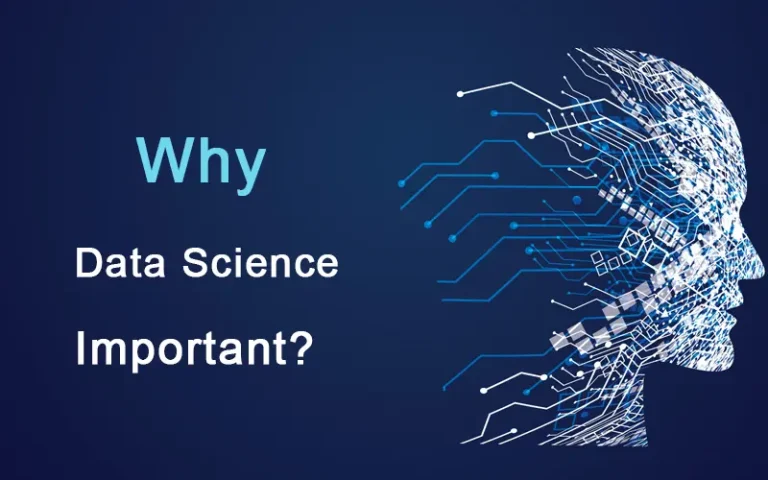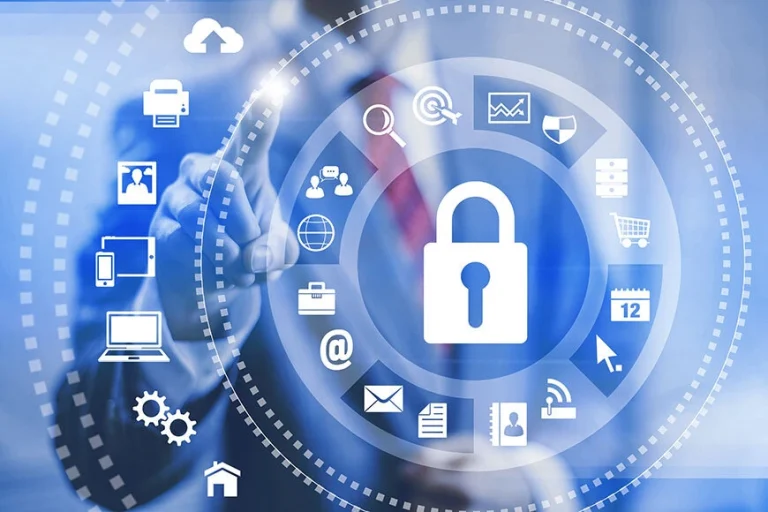How Technology Benefits Nonprofit Organizations
Introduction
Nonprofit organizations face several challenges compared to for-profit corporations, primarily due to their limited operating funds. However, leveraging technology can help them operate more efficiently and cost-effectively, enabling them to achieve their mission more efficiently. By adopting the latest tech solutions, nonprofits can benefit their employees, volunteers, and stakeholders. With technology on their side, nonprofits can overcome the obstacles that stand in the way of achieving their goals. The IT Support Concord team helps non-profits to access the technology efficiently.
Nonprofit organizations often need help with consistent donations year after year, making it challenging to maintain sustainability. However, utilizing technology can enhance efficiency and directly impact a nonprofit’s ability to achieve more with limited resources. By leveraging technology to work smarter rather than harder, nonprofit leaders can prioritize their time, budget, workforce, and programs to plan wisely for current and future needs.
6 Benefits of Technology for Nonprofit Organizations
Boost Employee Engagement
Managing a nonprofit organization is demanding, and staying up-to-date with the latest technology trends can be challenging for employees with busy schedules. By incorporating technology into a game-like learning environment, the experience can be made fun and engaging. This approach can help employees learn new skills and keep up with the latest tech trends without feeling overwhelmed or stressed.
By leveraging innovative technologies, you can provide your employees an engaging and fun way to acquire new skills. With this approach, your employees can effectively build their skills while enjoying learning. Additionally, as your employees’ IT literacy improves, they will feel more connected to their work and the organization. This can increase overall employee engagement and job satisfaction levels, positively impacting your business.
Increased Fundraising Opportunities
Nonprofit organizations have found that technology can be a powerful tool in increasing their fundraising opportunities. Online giving platforms and social media channels have made it easier for people to donate to causes they care about, regardless of location. Additionally, data analytics tools can help nonprofits better understand their donor base and tailor their fundraising efforts accordingly. For example, by analyzing donor behavior and preferences, nonprofits can create personalized campaigns that resonate with specific groups of supporters.
Technology has also made it easier for nonprofits to track donations and manage finances, reducing the administrative burden on staff members and allowing them to focus on achieving their mission.
New Skills for Future
Incorporating new technologies into your organization not only provides you with a competitive edge but also helps you to upskill your team. You can empower your employees to stay current with new technologies by offering mentorship and training programs. This approach also enables you to identify candidates with the proper skill set required for specific roles, saving you time and resources in hiring the wrong person. With the latest technologies, you and your team can stay relevant in the market, enhancing your organization’s growth and success.
Nonprofits must embrace technology to stay relevant in today’s world. Donors expect to engage with tech-savvy organizations that can adapt to the ever-changing technological landscape. If your organization needs to be equipped to integrate a cohesive tech stack, it’s time to consider hiring a consultant. While it may require an initial investment, not doing so could be more costly in the long run.
Streamlined Volunteer Management
Technology has revolutionized the way nonprofit organizations manage their volunteers. With the help of online platforms and software, volunteer management has become more streamlined and efficient, allowing nonprofits to focus on their mission and engage with their communities. One significant benefit of technology in volunteer management is the ability to easily track volunteer hours and activities, which can help organizations recognize and reward their most dedicated volunteers.
Technology also makes it easier for volunteers to sign up for opportunities, communicate with staff, and access resources and training materials. Additionally, online platforms can help nonprofits recruit new volunteers by reaching a wider audience through social media and other digital channels. By embracing technology in volunteer management, nonprofits can better serve their communities and significantly impact their causes.
Resolve Operational Issues
As your nonprofit continues to grow and evolve, you may encounter new operational challenges that you have yet to face in the past. Although it can be nerve-wracking, this is an opportunity to improve your organization. One effective way to do this is by investing in technologies that can help address these operational issues. For instance, you could explore new software solutions to streamline your recruiting process, enhance your fundraising efforts, and increase your ROI.
It’s essential to prioritize solutions that can make your operations run more efficiently and ensure that all the technologies you use are integrated into your CRM system so they can work seamlessly together.
Improved Efficiency and Productivity
The use of technology has revolutionized the way nonprofit organizations operate, streamlining manual processes and boosting productivity. With the help of digital tools like project management software, cloud storage, and collaboration platforms, nonprofit teams can collaborate seamlessly, share information, and collaborate on projects from anywhere in the world.
By eliminating redundant tasks and reducing administrative burdens, nonprofits can focus on fulfilling their core mission and allocate resources more efficiently. By embracing technology, nonprofits can operate more efficiently and effectively, ultimately achieving their goals and positively impacting society.
Conclusion
Technology integration has revolutionized how nonprofit organizations operate and has proven to be a powerful tool in advancing their missions. The benefits of technology for nonprofits are manifold. It has dramatically enhanced its reach and impact by expanding its global outreach, improving communication and collaboration, and facilitating effective fundraising and donor management. Technology has also streamlined internal processes, enabling nonprofits to operate more efficiently and allocate resources more effectively. Furthermore, it has opened up new avenues for innovation and creativity, allowing nonprofits to develop novel solutions to complex social and environmental challenges.







